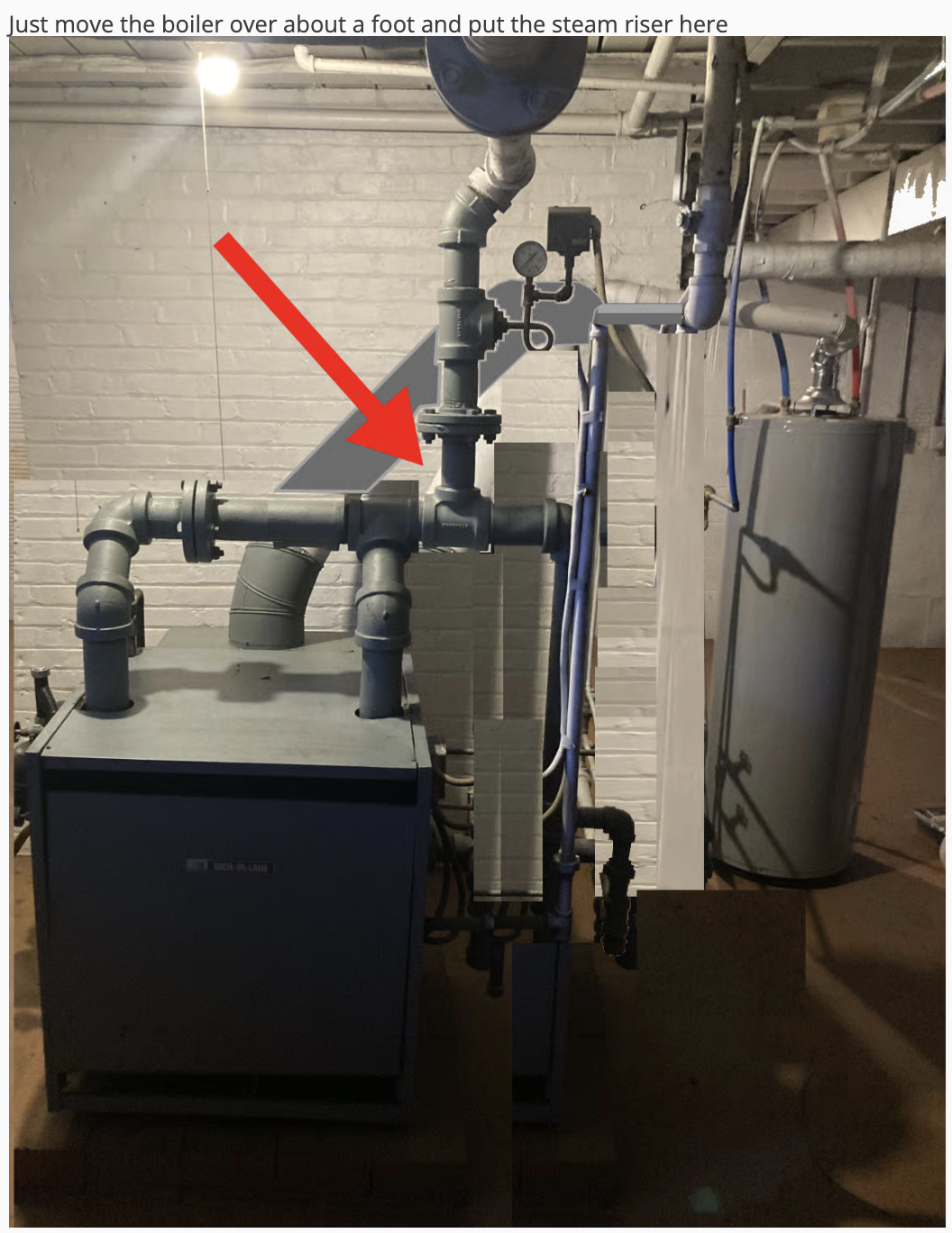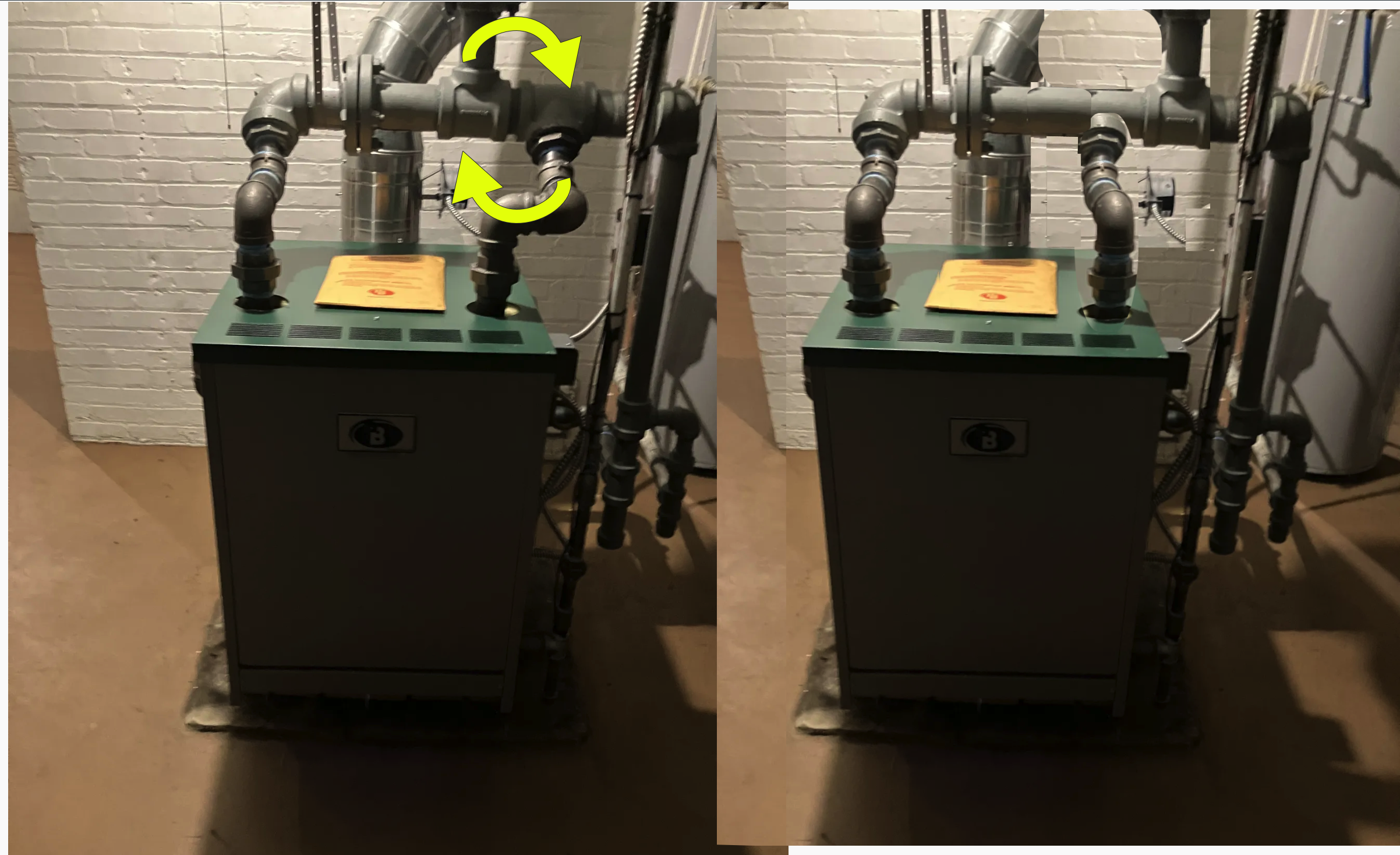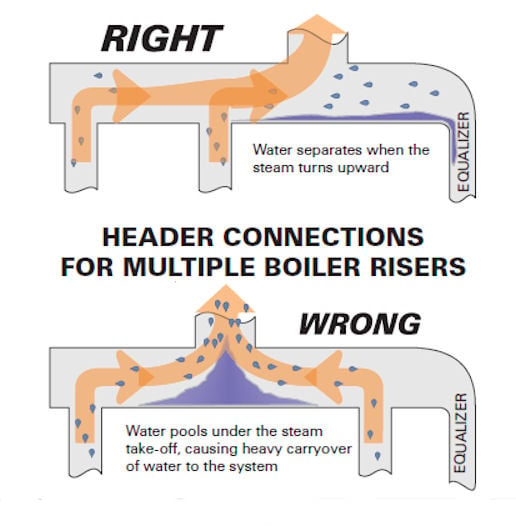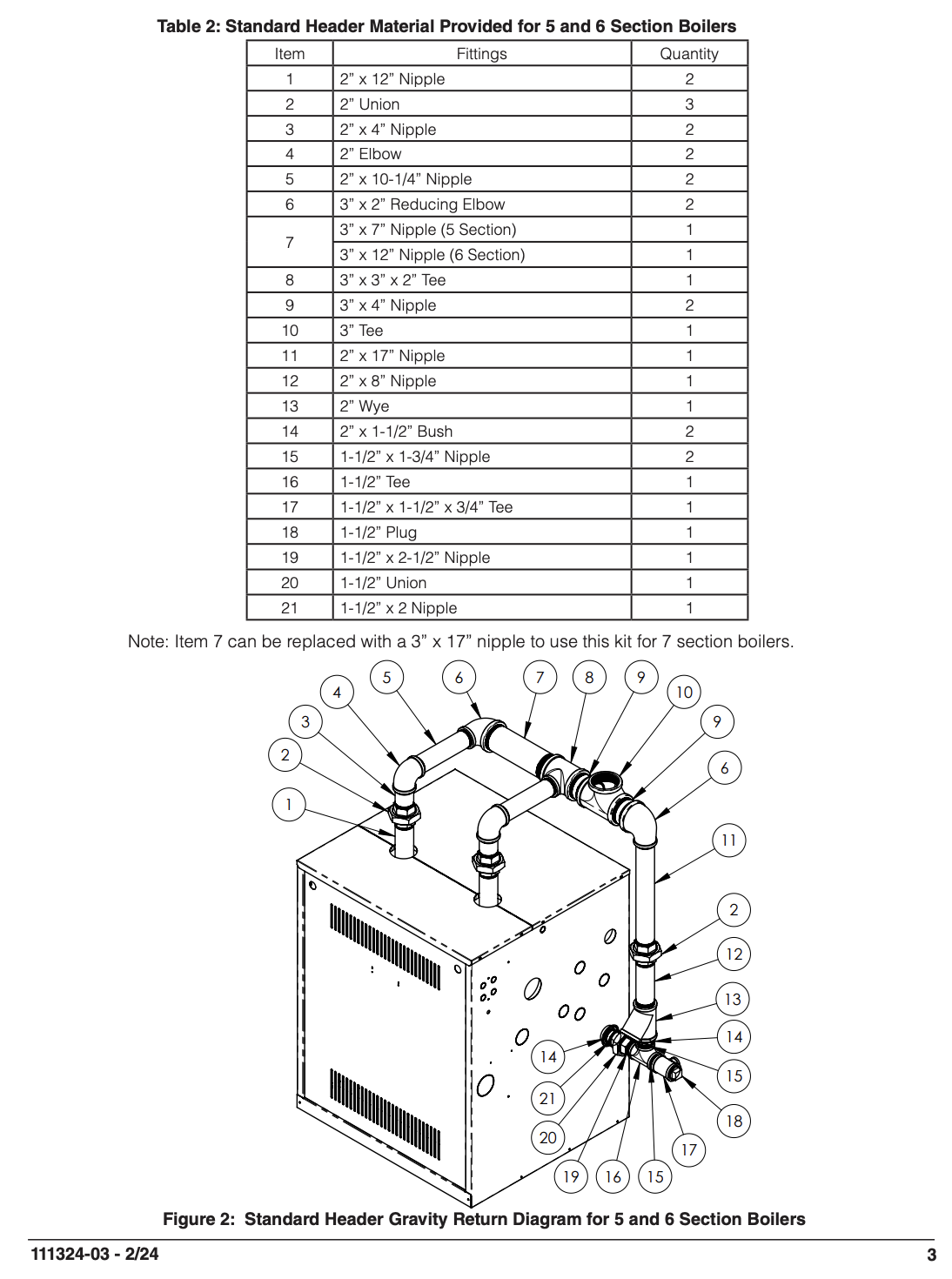Best Of
Re: old American Standard boiler
I would not spend that type of money on “upgrades” to a boiler that old for a rental property. It’s time to bite the bullet and upgrade. If this was your private residence, do as you please, but you have liability of tenants. I would not be operating this unit with this issue happening. Safety first.
Re: Explosive steam being released from discharge pipe
You paid for a service!
It could be something as simple as a bad valve! It happens. A good contractor WILL take care of it!
Call them back and let them figure it out.
 pecmsg
pecmsg
Re: Boiler oversizing factor--Siegenthaler recommends max 10% (!!)
that’s aggressive but mostly moot. Cast irons don’t come in enough sizes to get within 10% that often and modulating boilers can be oversized easily.
Re: old American Standard boiler
if there is soot, something is wrong, frequently return water temps that are too low. it shouldn't be operated until the reason for the rollout is fixed. if it is sooted up some of the jacket and the flue collector need to be taken off and it needs to be cleaned with brushes to remove the soot then whatever caused the soot needs to be fixed.
Re: System 2000 hot water tank leak
I'm going to say the insufficient hot water is due to the mixing valve, not the water heater or plate HX. There are water heater tests in the EK Hot Water Manual the tech can use.
 HVACNUT
HVACNUT
Re: System 2000 hot water tank leak
I don't see how that small leak would effect the performance of the system, @Roger?
Only one hot shower from that tank doesn't seen correct?
Has the plate HX ever been flushed or cleaned?
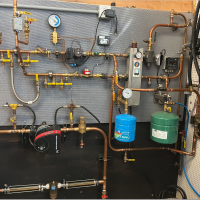 hot_rod
hot_rod
Re: Can you please critique this boiler setup that was installed in my house two wks ago
@RCooper this is the adjusted photo from last year
I hope that you did not pay in full yet
this is what you have and how the installer should have done the job
Your installer did not follow everyones suggestions from last year
or even follow the instructions in the book that comes with the boiler you purchased.
They even provicee the exact pipe fittings and pipe nipples you need to do the job. You realy need to be an ****** to get this wrong. You hired an *******. I hope this ******* wants to be reputable and come back and do it right.
(******* = descriptive noun of your choice)
Re: Boiler oversizing factor--Siegenthaler recommends max 10% (!!)
I suspect most load calcs have some fudge factor also. Do an accurate load calc with actual data if you can develop it, like infiltration numbers.
Personally I would go with a mod con regardless of the type of heat emitters, then the oversize factor goes away.
Depending on the total load, two smaller mod cons get you redundancy and 20-1 turndown!
 hot_rod
hot_rod
Re: Strange one-pipe plumbing, potentially dangerous?
So you have one or more radiators where you are often opening and closing the inlet valve? One, closing the inlet valves can reduce the amount of connected load to the boiler which could make it effectively more oversized. Also, it could be a clue to the origin of the hammer. Follow the inlet piping to that radiator back to the main and determine if proper pipe pitch to allow condensate to flow back to the boiler is not maintained. OF course some of that piping may not be visible in any way in which case you may need to trial and error a bit with raising the radiator under the assumption that a "horizontal" run to the radiator is not pitched back enough and is collecting water.
Re: Strange one-pipe plumbing, potentially dangerous?
Send pictures of the boiler itself from a distance at a few different angles. Also show a picture of the pressuretrol since we would like to see what it is set at.

